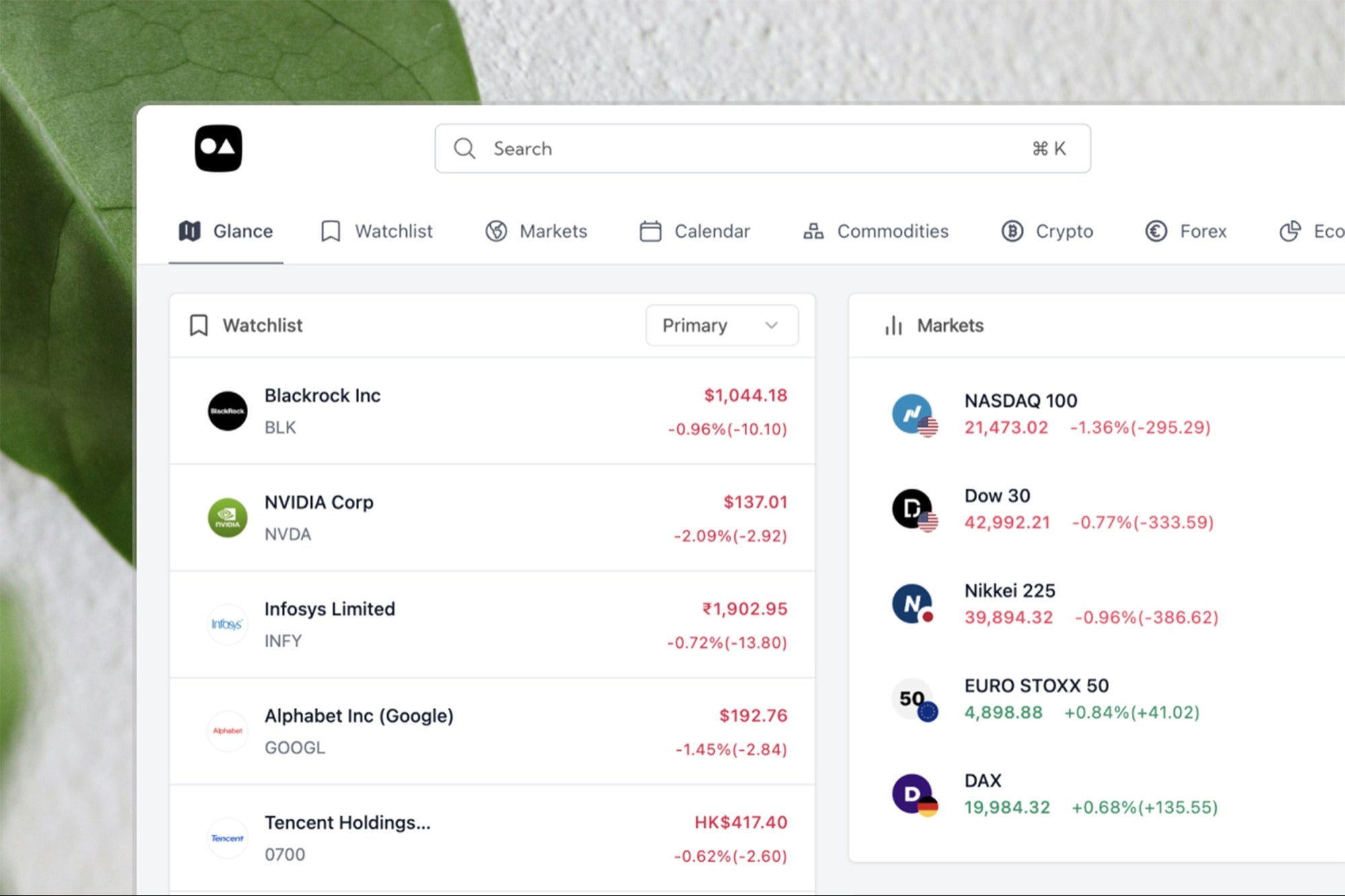How to Build Your Own Online Community Microsoft's purchase of LinkedIn signals changes that make now the time for you to create a dedicated platform for your customers.
By Rob Wenger Edited by Dan Bova
Opinions expressed by BIZ Experiences contributors are their own.

Over the past decade, many small businesses and startups have relied on LinkedIn's groups as places where they could build community among their customers. And they were smart to do that. These groups, and the engagement they created with customers, were key to keeping and growing their customer base. These groups grew as critical venues where business owners and executives could solicit feedback from and be responsive to customers, share news and gather data important for improving products, communication and more. In fact, there are tens of thousands of these groups among LinkedIn's 400 million users.
But when Microsoft acquired LinkedIn last month, signs quickly pointed to the fact that LinkedIn's focus would no longer be on helping their communities thrive. In fact, even before the acquisition, LinkedIn groups had a terrible track record for attracting return visitors. So what is a business to do?
First of all, look at this as a positive.
Having your business' community live on rented land is actually not such a great idea in the first place. When you host your own community, you can control the experience and you can leverage the data, SEO and inbound traffic. Most of all, you're doing more than just signing up new members -- you're actively nourishing a happy, active and productive community for everyone, which LinkedIn never accomplished consistently.
Related: 4 Easy Steps to Increase Sales Through LinkedIn
The Wall Street Journal said it best: "LinkedIn has so far done a poor job of getting [users] to come back to the site regularly to connect with and expand their professional networks. Only about one quarter of LinkedIn's 400 million "cumulative' users return to the site every month." So with that being said, here are the five most important things businesses need to launch their own online communities.
Dedicated community platform and a dedicated manager.
It doesn't matter if you want a tricked-out system with great features or a simple forum for regular discussions, here's the bottom line: you and your community members should own the data, the SEO, the traffic and the content. But don't let the mention of data let your community become a sterile, emotionless face of your organization. Make sure you have a dedicated person to manage your community -- together you will think through the environment you want to create and the personality with which they'll want to run the community. Will they be fun, or thoughtful, folksy or professional? Whatever the case may be, make sure the face of your community is a face and not a robotic presence -- the most successful communities have a clear personality and culture.
Data!
Remember, you can't pay the rent with "engagement." When you're building community, think about what you're looking for in terms of numbers. Take some time to drill down into your company's most popular search terms to figure out what people are looking for most often. That will help guide your content, and it will directly inform your content strategy, ultimately helping drive your business goals.
Related: 10 Questions to Ask When Collecting Customer Data
Clean user experience.
A public platform will be riddled with advertising and promotions that aren't targeted to what your members are looking for. A dedicated platform and a better user experience can go hand-in-hand, if you have the right features. Design can also help drive results. When you're designing the layout of your community site, think about the number one action you want your users to take and design the community to push them toward that action. Don't be tempted to add too many bells and whistles. They can overwhelm and distract first time visitors. Simplicity is a good thing, and you can attain effective simplicity when you keep the user in mind. If necessary, survey customers to get specific feedback. Chances are you'll learn a lot.
Focus on members, not marketing.
LinkedIn has been shifting towards a B2B marketing and sales platform for a while (remember when they bought Bizo in early 2015?). A true community will focus on helping members, not upselling. Understand who the community should benefit most, and why. Maybe even come up with personas for potential future members to really hone in on your audience. This piece is important and will help you create effective user design and experience. And as the community grows, look beyond just the number of new users. Engaging current members is key to sustainability and creating value, and that is really what you want. Keep current members active, since they are most likely to recruit new members.
On-target content (and an engaging personality).
Before you launch, come up with a few key ideas you'd like to introduce to the community. Test a few out on your existing social media platforms to see how people respond. Were your ideas "sticky" i.e. did they create some interesting discussions around which people could engage or did they hang out there with no comments? Get this organized early so when you launch your hosted community, it's with some surefire, crowd-pleasing content.
Related: A 5-Step Framework for Selling on Social Media
This acquisition may have been just what LinkedIn and Microsoft needed to improve the professional networking and productivity experience. But take it as a sign -- it's not what you need to build your own community.












